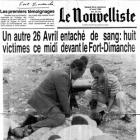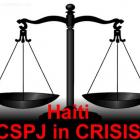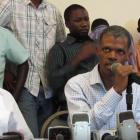ADVERTISEMENT
casal
Use of Plantain tree to make Papier Mach in Casale
It can be greatly seen in the merging of Polish traditions, including religious icons, with those of Haitian descent. One such icon is Matka Boska Częstochowska. Struck by the love the Poles had for this icon, the Haitians adopted her and she became Erzulie Dantor, associated with abused women, homosexuals and lesbians, she is the protector of women and children and also the warrior spirit.
Minister of Haitians Living Abroad, Daniel Supplice and casal
A community in Cazale, 70 km to the north of the Haitian capital, known as blanc, polone is said to be where the majority of the Poles settled within the Polish city. In this area, the ratio of Haitians with blue eyes is higher and this concentration of Poles, the ethnic and cultural strains still strongly visible, has led to the community being viewed as Polish rather than Haitian. Natives from this part of Cazale are often referred to as Polish, in spirit if not in nationality.
The Town of Casal Haiti and the Polish Pope
There are many unfounded claims surrounding the town of Casale. These include reports of a visit from the Pope in 1983. While some claim he stopped at the site during his short visit, others still say there is no documentation of this. Adding to their reason for dissent, the unlikelihood of such a visit in the 10 hour visit to Haiti the pope made on March 9th. Also up for debate was whether the reports of the number of Polish defectors were greatly exaggerated to promote the cause of Dessalines and allay fears of an 'all white' massacre.
Casal and its history
Reports of the gratitude issued to Polish defectors of the Napoleonic army include the gift of citizenship to those who wished to remain in Haiti after the revolution, but they were also gifted parcels of land, given by Dessalines as well as other officers in the army. There were also reports that the Poles were the only 'whites' spared during the Koupe tet Boule kay by Dessalines and Bookman, while all others were killed.
Casal, Haiti map
At 18° 29' 0" North, 74° 25' 0" West, in Grand Anse, Haiti, one can find Casale, the largest Polish settlement within Haiti. Those interested in travel there should know that its nearest airport is the Perry Municipal Airport, approximately 41 km away. It is also near to the Les Cayes airport at 70 km and accessible from the Jacmel Airport after 200 km. The closest hotels are in Los Patos, 350 km away, and one can also stay in Santo Domingo at multiple hotels which are around 470 km away.
Casal central point for communism
During the age of the Duvalier dynasty, Casale became a central point for communism, forcing many young men of intelligence and free thought in direct opposition with the regime. From this inevitable conflict, the massacre of many young men occurred in 1969. Orchestrated by Francois Duvalier and carried out by the Tonton Macoute, on March 29th a barricade was erected around the village and many young men were murdered. It is still viewed as one of the worst days in Casale's history.
Polish Influence in Casal
The Polish population in Haiti is concentrated largely in Casale, a small town close to Port-au-Prince. They came originally as part of the French Army in 1802 which tried to suppress the revolt. Feeling conflicted about suppressing the Haitians while their own country was embroiled in a similar struggle, some of the Poles joined the slave revolt and were awarded with citizenship after the Haitian Independence. It has led to the interesting sight of a community filled with blue-eyed Haitians.
The Massacre of March 29, 1969 in Casale as Duvalier fighting Communism in Haiti
This is one date that will likely remain in the history of the town of Casale for the history book. On March 29, 1969, sources primarily from the residents of Casale reporte that the forces of the Duvalier regime conducted mass killing in the region. It was done in the objective to eradicate the communist movement that was taking shape in the town. This monument was built to honor some of those who were subject of the massacre
Pope John Paul II visited Haiti in 1983 and Polish contribution to the Slave rebellion
The visit of the Catholic leader has severl meanings. Pope John Paul II who visited Haiti in 1983, mentioned the Polish contribution to the Slave rebellion leading to Haiti's independence. Several Haitians with polish ancestry were selected by the Duvalier regime to attend the various ceremonies organized for the Pope visit.
You can see the Polish influence in several towns in Haiti, such as Casale, La Vallee de Jacmel, Fond des Blancs, La Baleine, Port Salut and St. Jean du Sud
Haitian Child from the Town of Casale with polish features
You are looking at a Haitian child from the town of Casale in Grande Anse. The town has a large Polish influence which is dated back during the Haitian revolution from France. History reported that back in 1802, about 5200 Poles were sent to Saint Domingue by Napoleon to deal with the slave revolt.
Upon arrival, the Polish brigade joined the slaves to fight against the French army.


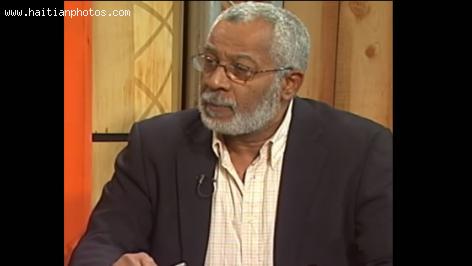
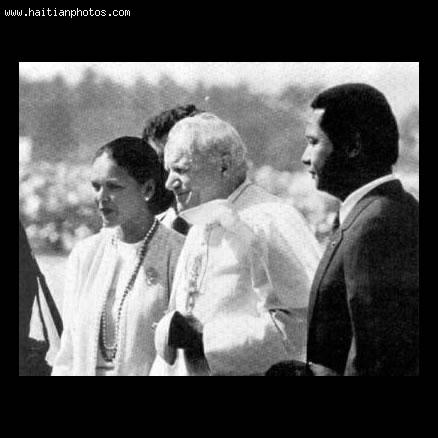
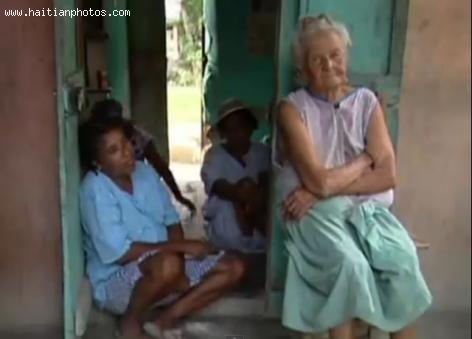
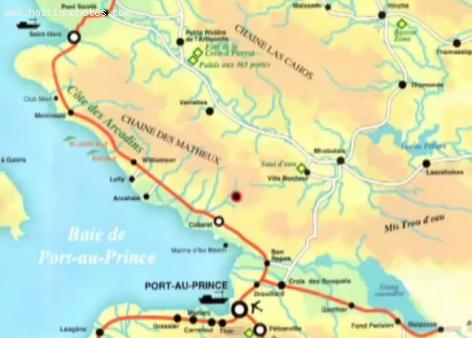
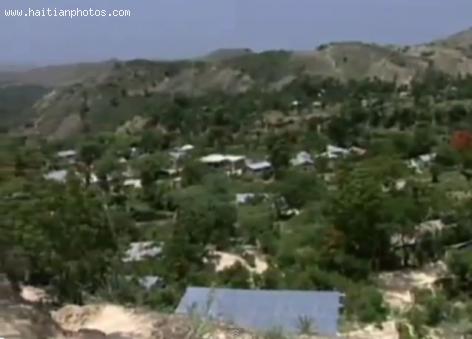

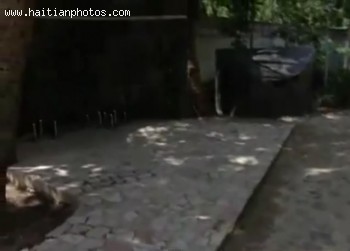


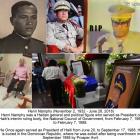 Henri Namphy Haitian General and President , buried in...
Henri Namphy Haitian General and President , buried in...  Le Chic Poulet by Haiti Broilers S.A.
Le Chic Poulet by Haiti Broilers S.A.  Who will be the next president of Haiti?
Who will be the next president of Haiti? 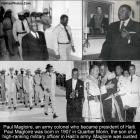 Paul Eugène Magloire, born in Quartier Morin
Paul Eugène Magloire, born in Quartier Morin  Dr. Henri Ford, First Haitian Dean At University of Miami Med...
Dr. Henri Ford, First Haitian Dean At University of Miami Med...  Partial list of privileges enjoyed by Government officials in...
Partial list of privileges enjoyed by Government officials in...  Jovenel Moïse nominated Jean Henry Céant as prime minister of...
Jovenel Moïse nominated Jean Henry Céant as prime minister of...  Delimart Plaza, Delmas 32, Port-au-Prince, Haiti being looted
Delimart Plaza, Delmas 32, Port-au-Prince, Haiti being looted 
